Type & EQ
As leading trainers of both the EQ-i (Emotional Intelligence) and the MBTI assessment (Psychological Type), we at OKA are often asked about the junction of both tools. How do Type and EQ relate to each other? Does any Type have better Emotional Intelligence than any other, and how can one tool assist the other?
Correlative studies are not very useful
A standard way in the field that two tools are compared is through psychometric correlation. I’m not aware of any correlative study between the most recent versions of the EQ-i2.0 and the MBTI assessment, but correlations are frequently over-interpreted and misunderstood most of the time anyway, so the lack of such a study gives me no grief. What is more helpful—and certainly more practical—is a good conceptual understanding of both tools’ models. From this, we can get a clear understanding of how these two approaches to self-awareness and self-management can best be used.
First off, and most importantly, Type and behavior, often misunderstood as synonyms, are NOT the same thing. Type speaks to how we are hard-wired—our unchanging tendencies toward gathering data and making decisions. Our behavior, on the other hand—how we act and what we say and do—is a choice. Emotional Intelligence presents a behavioral picture of a person. Behavior is—by definition—changeable, and it reflects choices that people have and make. The EQ-i is the world’s leading Emotional Intelligence assessment in large part because it presents such a rich, behavioral portrait of those who engage it.
Hard-wiring vs Behavior
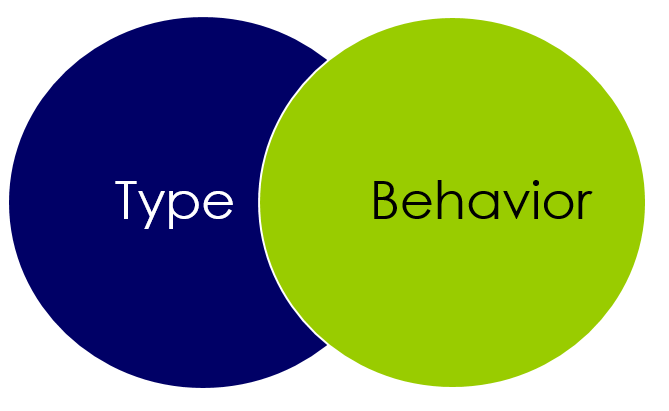 The MBTI sorts people into categories to reflect hard-wired, unchanging cognitive preferences. The EQ-i measures the degree of engagement that people have with 16 specifically defined behaviors. While there is certainly overlap between these two measurements (correlation), the two concepts are so distinct that it is really important that we not think of them as the same or even that closely related.
The MBTI sorts people into categories to reflect hard-wired, unchanging cognitive preferences. The EQ-i measures the degree of engagement that people have with 16 specifically defined behaviors. While there is certainly overlap between these two measurements (correlation), the two concepts are so distinct that it is really important that we not think of them as the same or even that closely related.
 It is possible that your behavior and your Type preferences overlap quite a bit—someone who shows up as and embodies their preferences easily and often—the emotionally expressive Extravert or the empathic Feeler, for instance. Someone in this circumstance in many ways would have a pretty comfortable life—filled with activities and duties that reinforced their preferences and natural tendencies pretty routinely. It’s nice work if you can get it.
It is possible that your behavior and your Type preferences overlap quite a bit—someone who shows up as and embodies their preferences easily and often—the emotionally expressive Extravert or the empathic Feeler, for instance. Someone in this circumstance in many ways would have a pretty comfortable life—filled with activities and duties that reinforced their preferences and natural tendencies pretty routinely. It’s nice work if you can get it.
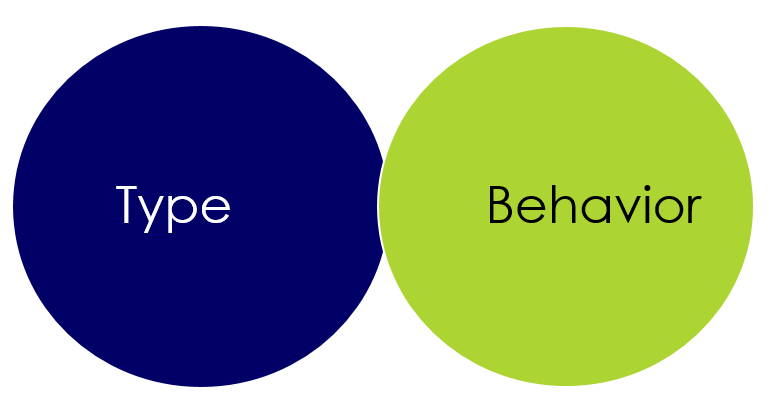 However, for many, life’s duties and challenges call them to flex outside of their preferences—setting aside what is natural to engage what is more effective. Life actually calls for all of us to be both expressive and contained at times, to be both objective and subjective—we need access to all behaviors. That we may not prefer or find some things easy or automatic is irrelevant to the world around us. It is in dealing with that expected stretch between what is natural and what life calls on me to demonstrate that personal and professional development has the most help and support to offer.
However, for many, life’s duties and challenges call them to flex outside of their preferences—setting aside what is natural to engage what is more effective. Life actually calls for all of us to be both expressive and contained at times, to be both objective and subjective—we need access to all behaviors. That we may not prefer or find some things easy or automatic is irrelevant to the world around us. It is in dealing with that expected stretch between what is natural and what life calls on me to demonstrate that personal and professional development has the most help and support to offer.
The difference in Type and EQ is actually what makes each tool so helpful and complimentary to the other. As a behavioral tool, the EQ-i is terrific at suggesting WHAT we need to work on—what behavior we may need more of. The MBTI assessment, pointing us to our preferences, is then helpful for suggesting to us HOW we go about adopting this new targeted behavior. For instance, assume both Keisha and John decide through the EQ-i that their Assertiveness could/should be higher. If John is a Feeling decider and Keisha is a Thinking decider, the two will likely not land on the same “next step” to onboard and practice Assertiveness. Their respective preferences for F and T would likely lead them to different behavioral action plans. The likelihood of either them developing a new behavior and starting a new habit by using a non-preference is not likely.
EQ shows WHAT to change & Type shows HOW best to change it
So we at OKA love to use the EQ-i and MBTI together—the EQ-i points to WHAT needs to develop, and the MBTI suggests HOW best for any one person to move into that new behavior.
A few EQ elements are truly independent of Type. The list below are suggestions as to how MBTI preferences show up within each of the EQ-i’s elements. As you can see, your Type preferences enable some behaviors easier and hinder others. In the end, we all have to flex outside of what is natural to do what success and effectiveness demand.
How EQ and Type Relate
Self-Regard: No important relationship
Self-Actualization: No important relationship
- Extraversion hinders Emotional Self-Awareness by neglecting the inward focus needed to reflect upon your inner, emotional states.
- Introversion enables Emotional Self-Awareness with a natural, inward focus on your inner life and emotional states.
Emotional Expression
- Extraversion enables Emotional Expression with a natural tendency to share/disclose emotional states
- Introversion hinders Emotional Expression with a natural tendency to hold back and keep private emotional states.
- Extraversion enables Assertiveness with the sharing/disclosing of values, opinions and decisions.
- Introversion hinders Assertiveness by holding back and keeping private values, opinions and decisions.
- Thinking enables Assertiveness by focusing on objective truth and not the impact that these truths may have on relationships or other people.
- Feeling could hinder Assertiveness by focusing on personal or interpersonal impacts—and thus deciding against the sharing of something that, while true, may bring conflict or provoke a struggle.
Independence
- Introversion enables Independence with a natural inward focus and rooting.
- Extraversion (especially when paired with Perceiving) hinders Independence with a natural outward pull toward people, groups and new data.
- Thinking enables Independence with an objective, non-personal decision-making
- Feeling hinders Independence with a subjective, personal decision-making
 Interpersonal Relationships
Interpersonal Relationships
- Extraversion enables Interpersonal Relationships with natural energy spent connecting to others and engaging externally.
- Feeling enables Interpersonal Relationships with a subjective, personal focus devoted to decision making.
- Thinking can hinder Impersonal Relationships with an objective, non-personal approach to decision making.
Empathy
- Feeling enables Empathy with a subjective, interpersonal attachment.
- Thinking hinders Empathy with an objective, non-personal detachment.
Social Responsibility
- Extraversion enables Social Responsibility with a natural energy that connects to others and is oriented toward external (social) engagement.
- Feeling enables Social Responsibility with a subjective, personal attachment in decision making.
- Judging can enable Social Responsibility with a natural attention given to structure, closure and following rules.
- Extraversion enables Problem Solving with a natural focus on the outer world—where people and conflicts take place.
- Thinking can enable Problem Solving with an objective, non-personal decision-making
- Feeling can enable Problem Solving with a subjective, personal decision-making approach.
- Thinking can hinder Problem Solving with the insensitivity than comes with an objective, non-personal decision-making approach.
- Feeling can hinder Problem Solving with the conflict-avoidance that can accompany a subjective, personal decision-making.
Reality Testing
- Extraversion enables Reality Testing with a natural focus on the external world—and therefore any real data that may be there.
- Introversion enables Reality Testing with the inward focus needed to reflect upon and consider personally held, emotional states.
- Sensing can enable Reality Testing with a connection to here-and-now, sensate data.
- iNtuition hinders Reality Testing with a natural connection to possibilities, themes and more abstract narratives.
- Thinking enables Reality Testing with a natural objective, non-personal analysis of data and personal narrative.
- Judging hinders Reality Testing by working against the collection of new data in the outer world and the drive not to question currently held paradigms and narratives.
- Perceiving enables Reality Testing with an openness to new data and change.
- Introversion enables Impulse Control with a natural containment and filtration of data and expression to the external world.
- Extraversion hinders Impulse Control with energy focusing on action and outward expression.
Flexibility
- Perceiving enables Flexibility with natural energy and attention given to generating new data and options in the outer world.
- Judging hinders Flexibility by pushing for closure and blocking new data (and change).
Stress Tolerance
- Judging enables Stress Tolerance with a natural, controlled, project management approach to work and life.
- Judging hinders Stress Tolerance with a drive and expectation to control events, thus increasing stress levels.
- Perceiving enables Stress Tolerance with a natural flex and adaptability to stressful events and situations.
- Perceiving hinders Stress Tolerance by being open to new data and options that more closure or focus would have avoided or closed down.
- iNtuition can enable Optimism with a natural inclination to think about and project the future and possibilities.
We’d love to see you at OKA sometime soon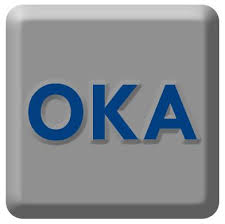
OKA is the leading provider of EQ-i certification and advanced application training, offering a number of course and resources both online and in-person.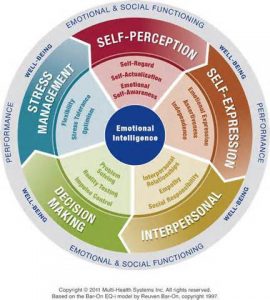
OKA offers a number of advanced application classes on the MBTI assessment both in person and online—all conferring credits toward being an MBTI Master Practitioner.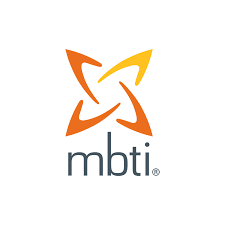
A relatively new and totally unique approach to Type assessment is the Pearman Personality Integrator. The Pearman presents Type results—rather than in an either-or sort—on a continuum, so the relative strength or intensity of preferences can be seen and considered. In addition, the Pearman provides metrics on not only what is more natural for each of us, but on the behaviors we more frequently engage and show—on what we demonstrate. For more information on the Pearman and OKA’s training offerings with this tool, visit OKA’s website.





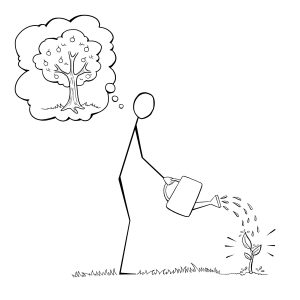
Nice article, Hile.
Hope you and yours are well. Catherine